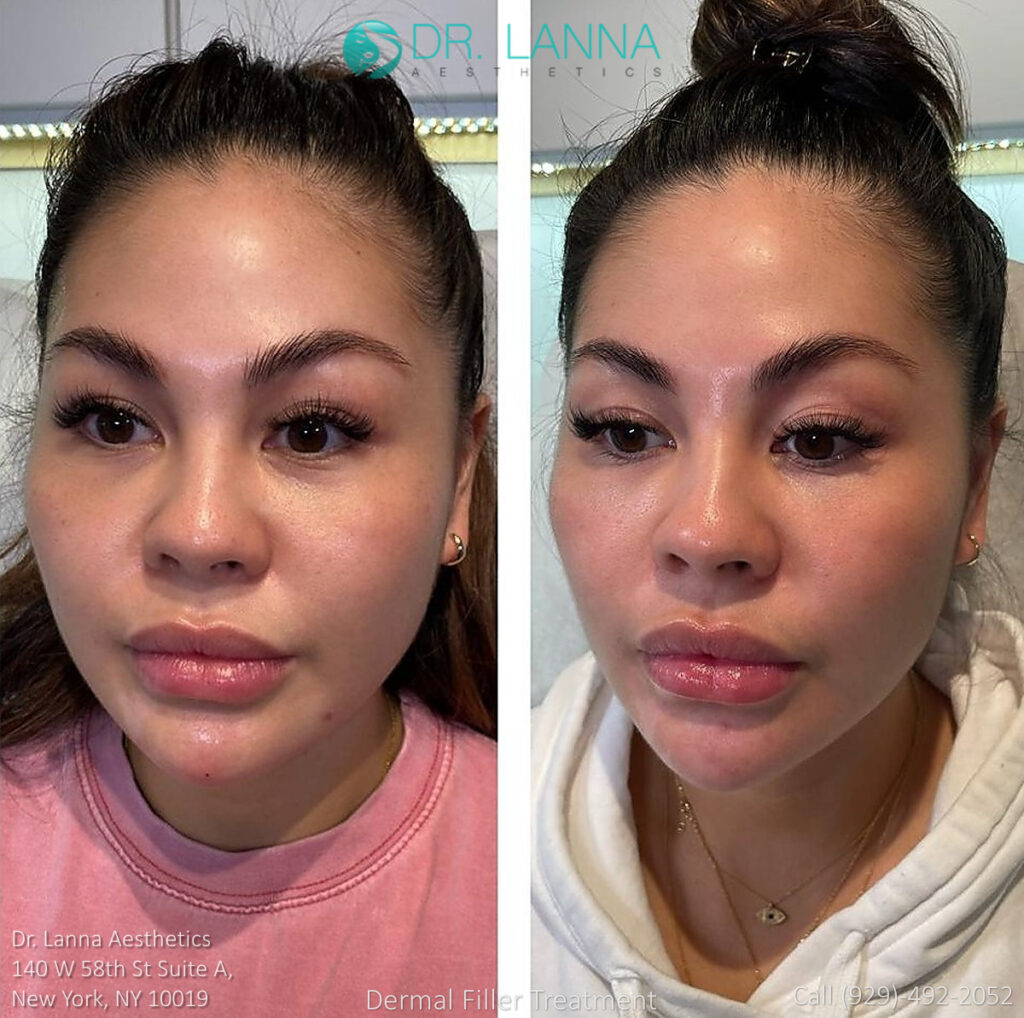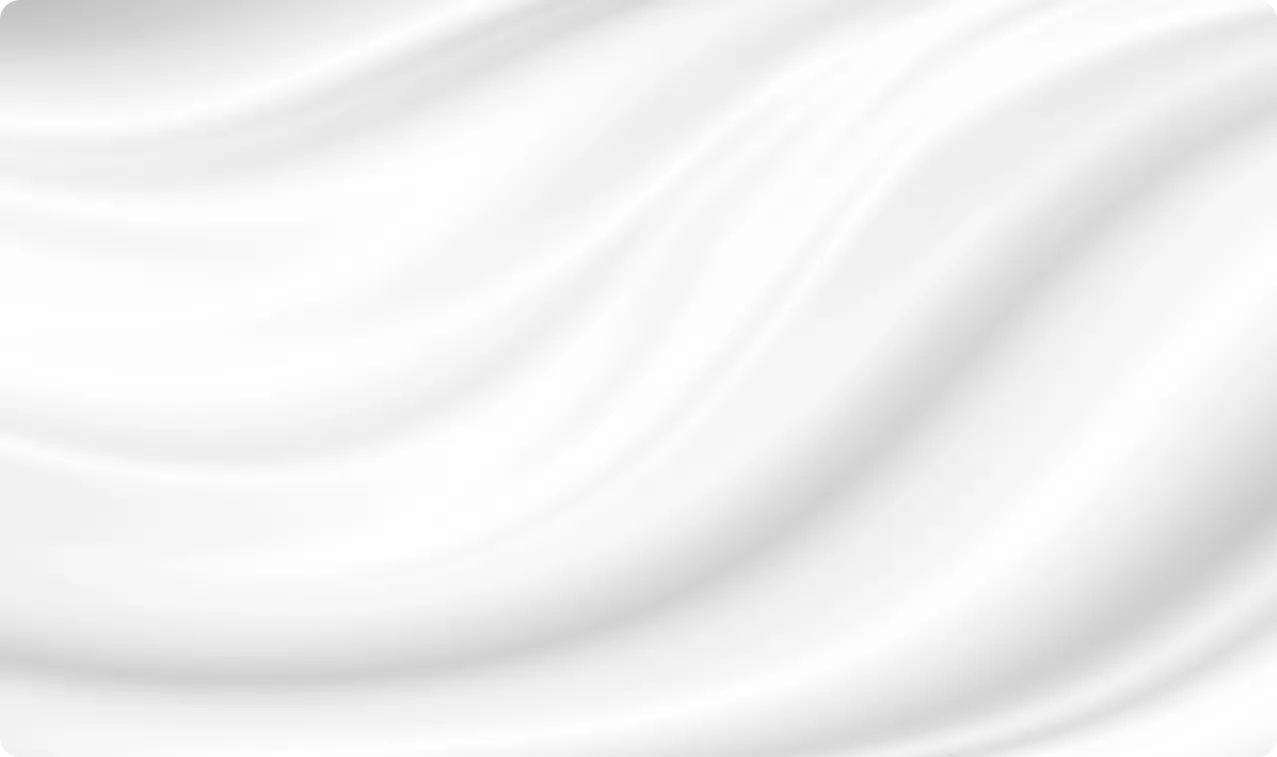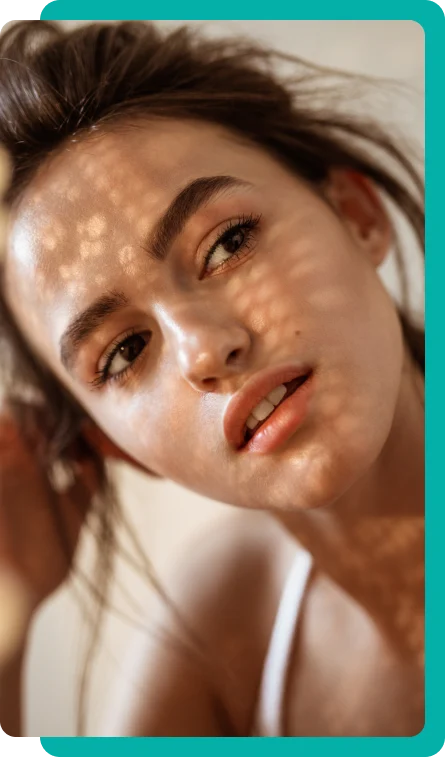While many common concerns about our appearance like acne scars, skin aging, or pigmentation can be remedied with makeup, skincare, and lifestyle modifications, our face shape and structure are the opposite. Because of this, dermal filler is used in cheek filler treatments to add volume to the cheek area, giving the appearance of high and more sculpted cheekbones as well as a smoother, slimmer, and more defined facial profile.
So what parts of the cheek respond best to dermal fillers? Your practitioner may inject your cheeks in several areas to give you the lift you desire, according to your unique demands, which will be discussed at your appointment. Administering dermal cheek filler above the cheekbones frequently results in a defined appearance, but it can also be placed into the fat pads beneath the cheek edge to provide volume to depressed areas and smooth out nasolabial lines.
Dermal fillers can effectively erase facial wrinkles and restore volume to the face without making a patient look puffy or unnatural when performed by a skilled practitioner. Facial filler treatments are made of a transparent gel substance that is naturally present in the skin. Dermal filler injection treatments restore volume lost through aging. This reduces the appearance of wrinkles and frown lines while drawing water to your skin to replenish hydration.
Facial filler treatments differ in terms of viscosity, thickness, and longevity. In regions where your skin is smooth and fine such as the temples or eyes, plastic surgeons or skilled injectors typically administer fine dermal fillers. Where additional volume is required, such as in the cheekbones and jawline, thicker dermal fillers are utilized. Unlike fine dermal fillers, we usually inject thicker dermal fillers more deeply into the skin.
Dermal fillers can be applied to the cheek area in a few different ways. The most widely used fillers are created from hyaluronic acid, a substance that occurs naturally in your body and has a 1,000-fold capacity for water retention.
Hyaluronic acid filler is known to interact favorably with human tissues and is generally tolerated by most people. Restylane Contour tends to make individuals feel quite natural. Some injectors may opt to use this particular filler to add volume to the cheeks since its effects last longer than others in the Restylane and Juvederm lines. One benefit of hyaluronic acid fillers is that, in the unlikely event that you don't like the results, hyaluronidase can be used to dissolve them.
The other filler that is occasionally used is Sculptra, which is derived from polylactic acid and stimulates the natural collagen production of the skin. Because it works gradually, it takes much longer to see effects than the other cheek fillers. The ideal cheek filler for your face will be determined during your appointment with a cosmetic physician or plastic surgeon.
There are many cheek-lifting fillers available, but only a few deliver the best effects. We provide safe, biodegradable, FDA-approved fillers from Juvederm and Restylane, such as Juvederm Voluma XC, Restylane Contour, and Restylane Lyft, at Dr. Lanna Aesthetics. These fillers are exceptional due to their effectiveness and longevity.
Because of their higher viscosity, they provide a superior lift, which is something that should always be prioritized when treating cheeks. While maintaining a delicate, subtle, and natural appearance, their thickness provides cheekbones with more structure and support, resulting in a well-defined shape. In contrast, stronger fillers might result in the cheeks looking exaggeratedly sharp and angular.
Restoration of volume that has diminished with aging is often what we aim to accomplish in the cheek. Additionally, nasolabial folds and jowls can be lifted using cheek fillers, giving the cheekbones a more contoured appearance.
The outcomes you'll get depend greatly on your placement. To decide where to place filler, doctors must constantly consider the natural anatomy of the patient. For cheek fillers, a sizable area needs to be addressed. There are 2 main areas of the cheek where filler can be administered: the mid-cheek, which is the apple of the cheek located more forward and to the center, and the lateral cheeks, which are the cheekbones and upwards almost to the temples.
Mid-cheek filler injections can restore a significant amount of the volume that has been lost with age and even assist to lighten hollow under-eye shadows. Additionally, it will result in more light reflecting off the face. More isn't necessarily better in this situation, though, as you risk seeming bloated and overfilled.
There are two areas on the lateral cheek where injections should be performed: just above and directly beneath the cheekbone. Many have large cheekbones yet feel as though their skin is sagging. By emphasizing the contrast between both the hollowness of their lower face and the fullness along the cheek, adding filler to the cheekbone will therefore make the rest of the face appear skinnier. Alternatively, jowls can be lifted by injecting filler directly below the cheekbone.
It's critical to have realistic expectations regarding what cheek fillers can and can't accomplish, regardless of your goal. The goal of cheek fillers isn't intended to fix something major like sagging jowls or very deep wrinkles, which is why it's a good idea to speak with your doctor about your options.
Cheek implants can be inserted during plastic surgery to augment the cheeks. Dermal fillers offer the possibility of reversibility for those who don't desire a permanent enhancement. The most popular fillers for cheeks are those made of hyaluronic acid.
Each person will require a different amount of dermal filler. Depending on how much volume has already been lost and how much improvement is needed, the amount of filler administered may either be less or more compared to others.
There are several other alternatives for treatments including autologous fat transfer, which enhances your cheeks using your own fat. Minor liposuction is needed to remove the fat in this more invasive procedure. Although, more cheek projection and contour can be achieved using dermal fillers than with fat.
The targeted face area or areas will be treated with injections of dermal filler treatments. The session will typically last around 20 to 30 minutes, depending on the facial areas being treated, after which any treated areas will be massaged.
If administered by a trained and experienced professional, cheek filler treatment is often safe, just like every other dermal filler procedure. Therefore, you shouldn't be scared to inquire about a practitioner's credentials prior to receiving treatments from them.
Dermal fillers for the cheeks are only a short-term fix, and how long they last may vary from person to person. The results of cheek fillers typically persist between 6 to 18 months before a follow-up procedure is required. The effects can occasionally persist even longer.
Additionally, patients should inquire with their injectors about any potential negative effects of the procedure. By avoiding applying makeup right after the surgery, avoiding the sun for a while, and refraining from drinking alcohol and caffeine, you can reduce your chances of experiencing typical side effects.
Infection and scarring are uncommon hazards associated with dermal filler injection. Vascular occlusion, an uncommon but dangerous risk in which the filler is mistakenly injected into a blood vessel and causes obstructed blood vessels and, possibly, lifelong blindness, is another possibility. Therefore, it is essential to only get injectable filler treatments, such as dermal fillers or Botox treatment, from qualified and reputable medical professionals.
The cost of cosmetic procedures varies based on where you live, with larger cities having the highest prices. The cost of dermal fillers is determined by the number of syringes it requires. One syringe might cost anywhere between $700 to $1,200, based on the particular type of filler you're getting.
Depending on the outcomes you want, your doctor will decide the number of syringes you need for the cosmetic treatment. For instance, if you prefer a subtle effect, your provider may simply use a smaller dose. However, more will probably be necessary if you're seeking to replace a sizable amount of volume.
Results from injectable filler treatments can last for months and can fill in deep frown lines, minimize fine lines and wrinkles, and replenish lost volume. Whether it be dermal fillers or Botox injection treatments, getting injectables may initially seem daunting, but knowing how to properly take care of yourself and your skin after treatment can improve results.
The following are some effects of injectable filler treatments you may observe immediately following your dermal filler procedure:
The mentioned issues are typical of dermal filler aftercare and should go away over the coming days to weeks. The final result of the cosmetic treatment will be visible 4 weeks after the procedure, at which point you can be reevaluated to see whether additional sessions are necessary to produce the desired effects.
Your face will be cleansed immediately following the injections. For 6 hours, refrain from touching your face. Afterward, you will be able to wash your face with water and a mild cleanser. On the day of treatment, apply a cool compress for at least 10 minutes every hour. But avoid putting ice straight on your skin. For the first 24 hours following injections, a cool compress used often may assist to lessen the severity of inflammation.
We've compiled a list of guidelines to follow after dermal filler treatment to help you maximize results while minimizing discomfort or bruising:
Despite having distinct names, fillers including Juvederm, Restylane, Radiesse, Sculptra, and Revanesse Versa all work to address the same conditions. The choice is sometimes determined by the preference of the cosmetic injector and what they feel is best for treating the issue at hand. It may also be determined by the preference of the patient in the case they prefer one method over another.
Additionally, it may depend on the area being treated. Different hyaluronic acid particle sizes are offered within each brand. Smaller particle sizes are ideal for injecting into delicate areas like the lips. Larger particle sizes are frequently administered in areas like the cheeks since they need deeper injections and have longer-lasting effects.
Juvederm is a collection of fillers, and each type is intended to be applied to a particular area of the face. The cheeks naturally flatten with age and Juvederm Voluma XC restores their youthful shape. Additionally, it reduces the appearance of mild to severe parentheses lines around your mouth and nose, also known as nasolabial folds, as well as marionette lines that extend from the corners of the mouth toward the chin.
Juvederm Ultra Plus is a thicker variation of Juvederm Ultra, which is why it's used to treat deeper marionette lines, more severe face wrinkles, and more. Juvederm Ultra and Ultra Plus are also used to fill in hollows in the cheeks.
Juvederm Volbella XC, which is also intended to soften vertical lip creases, and Juvederm Ultra XC both plump up the lips. Although not completely painless, most hyaluronic acid filler treatments have anesthetic lidocaine infused into them to lessen discomfort before and after treatment.
Similar to Juvederm, the Restylane product line has a number of different, occasionally converging, problem areas that they are intended to address. The original Restylane can be used to give thin lips more volume and remove wrinkles and creases.
The considerably thicker gel Restylane Lyft is used to treat deep facial wrinkles and folds such as the nasolabial folds as well as cheek volume loss. Additionally, adding fullness to the back of the hands has FDA approval. Restylane Kysse and Restylane Silk, which use smaller particles than other treatments, are specifically developed to enhance the lip treatment area.
According to clinical studies, Restylane results can last up to 18 months when receiving the complete course of therapy, which includes one follow-up injection. With Restylane Lyft, results in the cheeks can persist for up to a year and up to 6 months in creases and folds.
The nasolabial folds, which range in severity from moderate to severe, are treated with Radiesse. It can also be used to enhance the contours of the face, such as the cheeks. However, it isn't applied to the lips.
Calcium hydroxylapatite, a mineral type that is present in human teeth and bones, is present in Radiesse as microscopic particles. The calcium particles are miniscule and suspended in a thick, gel-like fluid when they are utilized as a filler. While Radiesse restores lost volume instantly, over time the gel is absorbed and the body breaks down the calcium, leaving your own collagen in its place.
Radiesse has effects that endure for at least a year. However, since calcium hydroxylapatite induces the generation of natural collagen, fewer touch-ups and less material may be required to keep the results.
Human immunodeficiency virus patients who had lost facial fat were the first group of patients to use Sculptra. Now that it has received approval for cosmetic application, anyone can use it to accentuate the cheeks, fill up facial hollows or sunken areas, and thicken the skin to hide wrinkles and folds. However, it isn’t applied near the eyes or injected into the lips.
Poly-L-lactic acid, a synthetic substance that promotes the production of new collagen, is the active component of Sculptra. As a result, it requires numerous treatments spaced roughly 4 to 6 weeks apart before improvements are seen. The severity of facial aging will determine how many treatments a person requires.
The procedure of cheek augmentation is highly individualized. The procedure of cheek augmentation is highly individualized. For people who are self-conscious about their cheeks, it might be a life-changing treatment. This surgery should be carried out for your own benefit, not for the benefit of others or to live up to some kind of unrealistic standard.
In general, you might be a suitable candidate for cheek augmentation if:
Patients who desire a more defined contour on their cheeks may be good candidates for a dermal filler cheek augmentation. We frequently see individuals who have lost considerable amounts of weight or had aging-related cheek volume decrease. Dermal fillers are the ideal cosmetic treatment in these situations to restore structure and firmness. The following are the main concerns of patients considering cheek fillers:

Whatever filler you select, the secret to getting the best results is to speak with your doctor, ask questions, and make sure you feel comfortable with the answers. You should decide which cheek filler will provide you with the best outcomes for the longest duration because there are several to carefully consider. By using a variety of fillers, the different objectives of each patient are followed and fulfilled.
With the help of a skilled injector such as Dr. Lanna, you can achieve the results you’re looking for. Book a consultation with Dr. Lanna today to learn more about the best dermal fillers for your cheeks based on your aesthetic goals. You may also visit our website to learn more about us and the cosmetic services we offer.

New Patients Enjoy $100 OFF on Tox or Filler Appointments!
*minimum 1 full syringe or minimum 25 units; Cannot be combined
